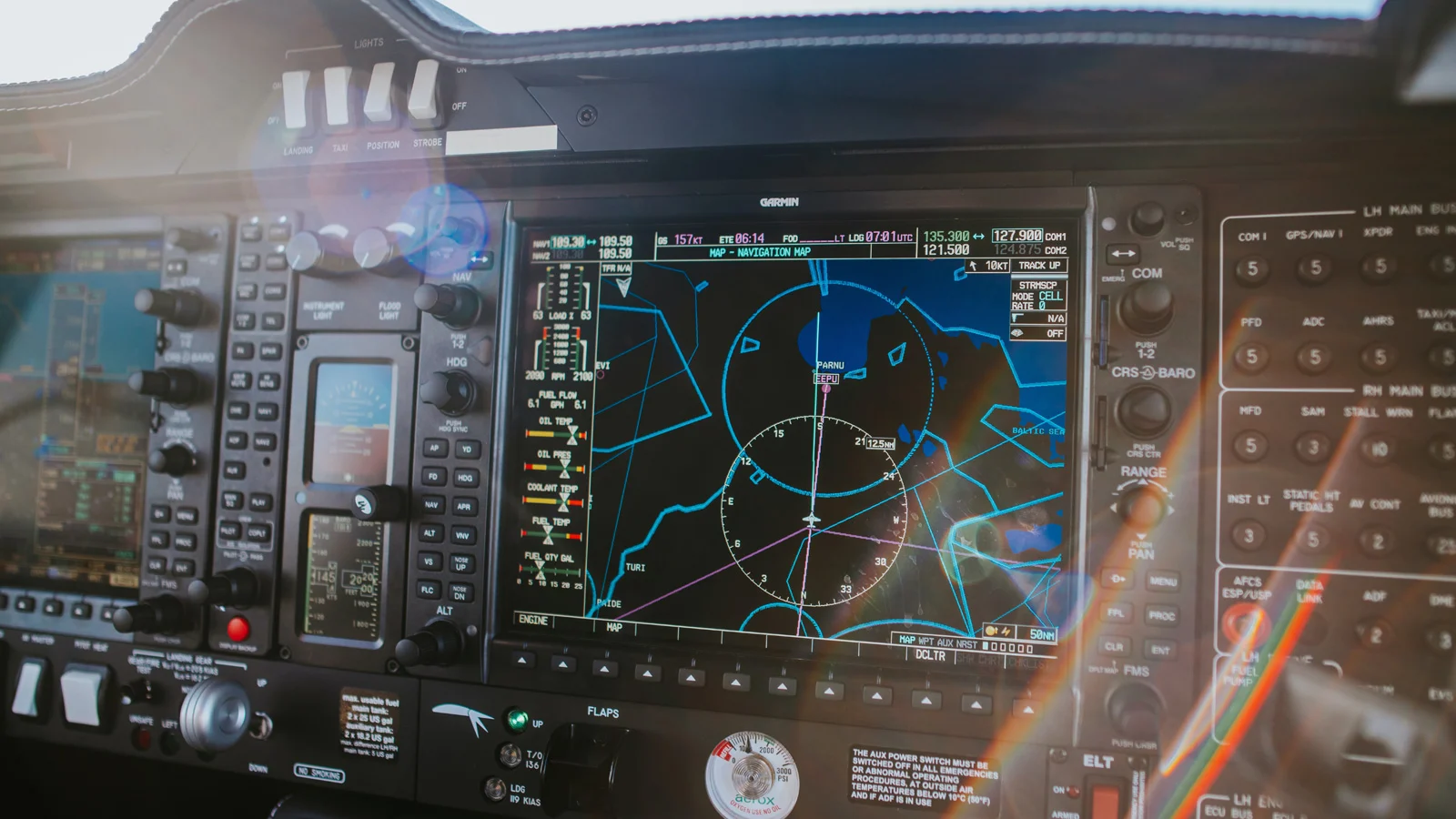The safety and efficiency of air travel is of utmost importance in the aviation industry. With the growing threat of GNSS jamming and spoofing, advanced technology for navigation and communication is vulnerable to disruption. That’s where HF radio air to ground communication comes in. HF radio is reliable and stable, and it cannot be jammed. While some pilots may consider HF radio old school, it remains a crucial communication channel for safe and secure air travel.
If you’re looking for a reliable HF radio service, Stockholmradio (STORADIO) has got you covered. Our quick and easy sign-up process, affordable rates, and 24/7 availability make us the go-to choice for HF radio communication. Learn more about our services at www.storadio.aero.
Understanding GNSS Jamming and Spoofing
GNSS Jamming: GNSS jamming involves the deliberate interference with satellite signals, disrupting the communication between the satellites and the aircraft’s navigation system. This interference can lead to incorrect positioning, navigation errors, and in extreme cases, loss of signal altogether. Jamming devices, which emit powerful radio signals on the same frequencies as GNSS satellites, can compromise the integrity of the navigation system, jeopardizing the safety of flights.
Spoofing: Spoofing, on the other hand, is a more sophisticated threat. It involves transmitting false signals to deceive the GNSS receivers on board an aircraft. Spoofing devices generate fake signals that mimic authentic satellite signals, leading the aircraft’s navigation system to provide inaccurate positioning information. This can mislead the flight path, posing serious risks to aviation safety.
There is also interesting info from EASA regarding this subject:
Understanding GNSS Jamming and Spoofing
- GNSS Jamming: GNSS jamming involves the deliberate interference with satellite signals, disrupting the communication between the satellites and the aircraft’s navigation system. This interference can lead to incorrect positioning, navigation errors, and in extreme cases, loss of signal altogether. Jamming devices, which emit powerful radio signals on the same frequencies as GNSS satellites, can compromise the integrity of the navigation system, jeopardizing the safety of flights.
- Spoofing: Spoofing, on the other hand, is a more sophisticated threat. It involves transmitting false signals to deceive the GNSS receivers on board an aircraft. Spoofing devices generate fake signals that mimic authentic satellite signals, leading the aircraft’s navigation system to provide inaccurate positioning information. This can mislead the flight path, posing serious risks to aviation safety.


